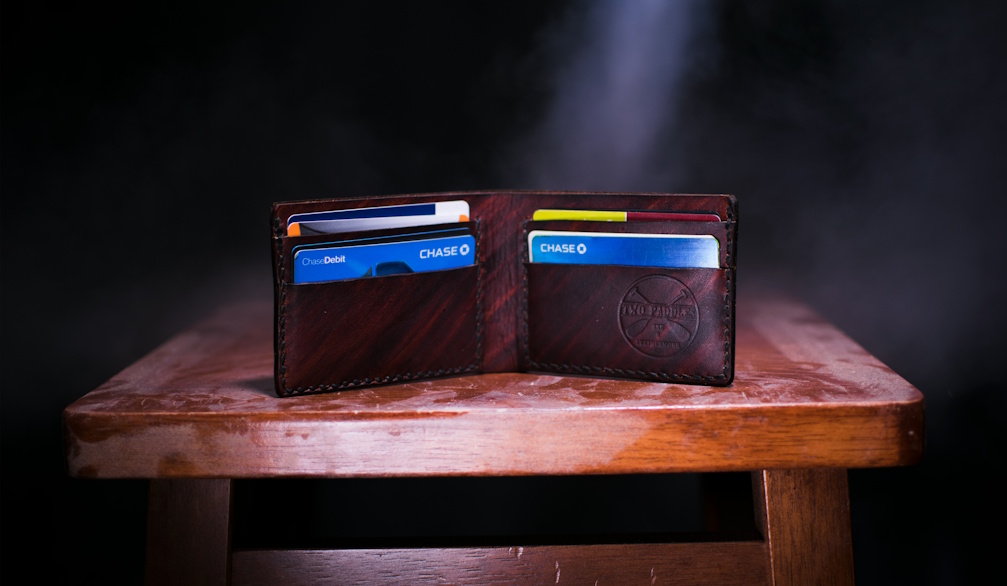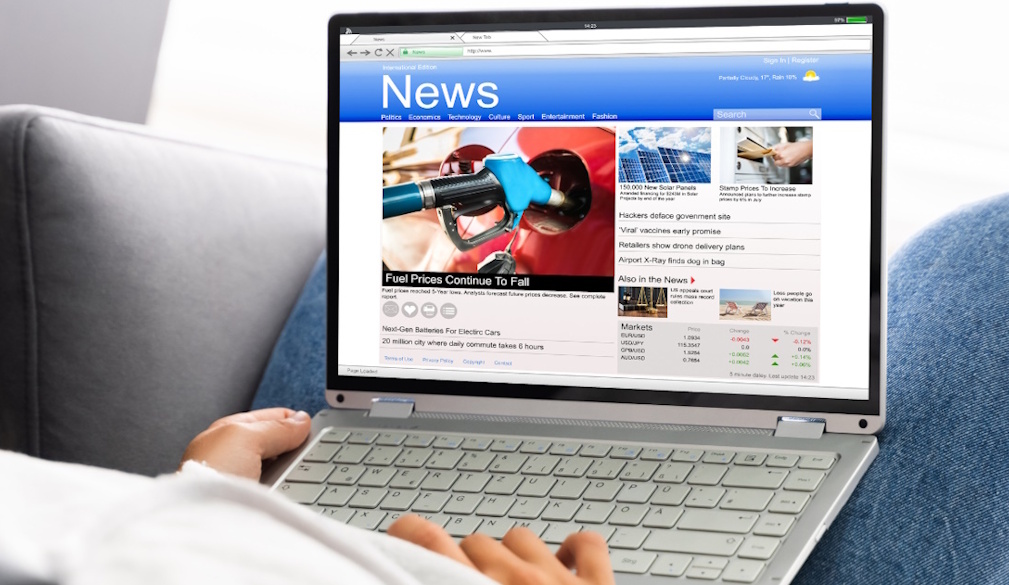UN Class 9 Dangerous Goods: Packaging and Labelling Requirements

When people think of dangerous goods, they often imagine explosives, toxic chemicals, or flammable substances. However, some materials don’t fit neatly into these categories yet still pose significant risks during transport. These are classified as UN Class 9 Dangerous Goods—a broad category that includes lithium batteries, asbestos, dry ice, and environmentally hazardous substances.
Transporting these materials safely and legally requires compliance with strict packaging and labelling regulations. Whether you’re a manufacturer, distributor, or logistics provider, understanding these requirements is essential to avoid regulatory fines, transport delays, and safety hazards.
So, what exactly are UN Class 9 Dangerous Goods, and how should they be packaged and labelled for transport?
What Are UN Class 9 Dangerous Goods?
UN Class 9 goods are materials and substances that pose a hazard during transport but do not fit within the other eight UN hazard classes. These goods can be harmful to human health, the environment, or infrastructure if not handled properly.
Examples of UN Class 9 Dangerous Goods
Some common items classified as Class 9 dangerous goods include:
- Lithium batteries – Used in electronics and vehicles; pose risks of overheating, fires, and explosions.
- Asbestos – A hazardous material that can cause severe respiratory diseases.
- Dry ice (solid carbon dioxide) – Can cause asphyxiation in enclosed spaces due to CO₂ release.
- Marine pollutants – Chemicals that can harm aquatic ecosystems if spilt.
- Magnetised materials – Can interfere with navigation and communication systems on aircraft.
Because these goods present unique risks, their packaging and labelling must meet strict international standards.
Key Packaging Requirements for UN Class 9 Dangerous Goods
Proper packaging is essential to prevent leakage, spills, contamination, or damage during transport. Here are the primary requirements:
- Use UN-Certified Packaging
UN Class 9 goods must be packed in UN-certified packaging, which has been tested for durability, impact resistance, and containment security.
Each UN-approved package will have a marking with the following details:
- UN symbol (ⵌ)
- Packaging type code (e.g., ‘4G’ for fibreboard boxes)
- Material category (e.g., ‘X’ for high-hazard goods)
- Country of approval and manufacturer details
For example, a UN 4G box is a fibreboard box that meets UN standards for safe transport of dangerous goods.
- Double Packaging for Extra Protection
Certain materials, such as lithium batteries and marine pollutants, require inner and outer packaging to ensure maximum protection.
- Inner packaging: Protects the actual product (e.g., individual battery cells in anti-static wrapping).
- Outer packaging: Provides structural integrity (e.g., sturdy boxes or drums).
- Cushioning and Ventilation
To further reduce risks, some Class 9 materials require cushioning and ventilation:
- Lithium batteries – Must be separated by non-conductive material to prevent short circuits.
- Dry ice shipments – Require ventilated containers to allow CO₂ gas release safely.
Proper cushioning prevents shock damage, while ventilation prevents pressure build-up.
Labelling Requirements for UN Class 9 Dangerous Goods
Labelling is critical for identifying potential risks and ensuring compliance with international shipping laws.
- Class 9 Hazard Label
Every package must display the Class 9 Dangerous Goods label, which features:
- A black and white striped upper half
- A black ‘9’ on a white background
- A diamond shape, measuring at least 100mm x 100mm
This label alerts handlers and transport authorities that the package contains regulated hazardous material.
- Additional Handling Labels
Certain Class 9 materials require extra handling labels:
- Lithium Batteries – Must carry a lithium battery label with an emergency contact number.
- Marine Pollutants – Require a "Marine Pollutant" label with a fish and tree symbol indicating environmental risk.
- Dry Ice – Must include the UN 1845 label specifying the presence of carbon dioxide (CO₂).
UN Number and Proper Shipping Name
Each Class 9 substance is assigned a UN number and a Proper Shipping Name (PSN), which must be clearly printed on the package.
For example:
- UN 3480, Lithium-ion Batteries
- UN 2212, Asbestos
These details help ensure correct handling, documentation, and transport procedures.
Orientation Arrows for Liquid-Based GoodsIf a Class 9 substance is in liquid form, the packaging must feature orientation arrows to indicate the correct upright position.
Why Compliance Matters
Failing to meet UN Class 9 packaging and labelling requirements can lead to:
- Heavy fines and legal penalties for non-compliance.
- Shipment rejections and transport delays.
- Health and safety risks for workers and the public.
- Environmental damage in the case of leaks or spills.
Adhering to UN regulations, businesses can:
- Ensure smooth and compliant transportation of hazardous goods.
- Reduce liability risks by following global safety standards.
- Protect workers, handlers, and consumers from potential hazards.
Final Thoughts
Transporting UN Class 9 Dangerous Goods requires careful planning, proper packaging, and clear labelling to ensure safety and compliance. If your business deals with lithium batteries, dry ice, asbestos, or environmentally hazardous materials, make sure you:
Use UN-certified packaging that meets international standards. Apply correct hazard labels and shipping information. Stay up to date with the latest transport regulations to avoid penalties.
Following these steps not only helps you comply with legal requirements but also ensures your goods are transported safely, efficiently, and without unnecessary risks.







